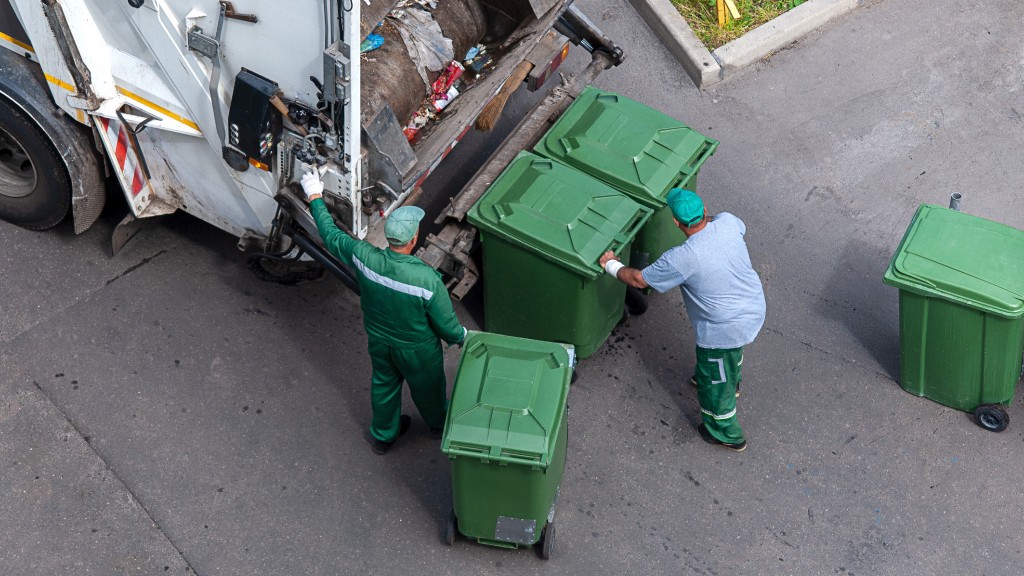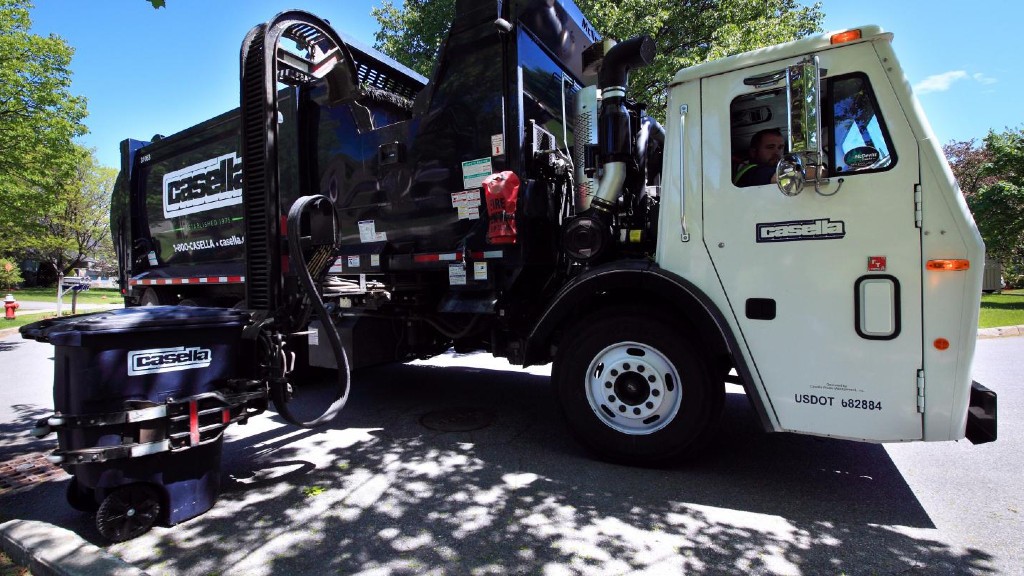
Operating a waste and refuse truck isn't easy. Navigating narrow streets, maneuvering around parked vehicles, and constantly being aware of pedestrians and cyclists nearby are just some of the challenges drivers encounter every day.
The waste and refuse industry is one of the most dangerous occupations in the U.S. Aside from the potential for incidents while out on the road, workers themselves also face risks. According to the most recent statistics published by the Solid Waste Association of North America (SWANA), worker fatalities increased in 2022 by nearly 65 percent.
Reliable and safe waste management is an important part of a community's infrastructure. However, as the number of residential streets grows, maintaining safety is becoming more and more difficult for operators of waste and refuse services.
According to data from the U.S. Census Bureau and the U.S. Department of Housing, there were more than 1.5 million new residential buildings completed in March alone with a further 1.42 million properties started and 1.41 million building permits granted.
This rapid increase in residential dwellings means there is even more potential for waste and refuse trucks to encounter pedestrians as well as domestic animals.
The International Transport Forum reported that since 2000 fatalities in urban areas have increased by 26 percent. In 2019, vulnerable road users (pedestrians, cyclists, and motorcyclists) accounted for more than a third of all road deaths.
The hazards of operating waste and refuse trucks in built-up areas are manifold. People, pets, cyclists, parked cars, and cars pulling in and out of driveways, as well as narrow streets, all contribute to the difficulties drivers face. Factor in a large, heavy vehicle with complex blind spots and limited direct vision from the cab and the potential for collisions is greatly increased.
Supporting drivers with operating their vehicles is essential to maintaining high safety standards while travelling on the road and moving around refuse sites. As well as regular training for drivers, commercial vehicle safety devices have proved to be crucial for supporting drivers with maneuvering their vehicles safely and preventing deaths and injuries.
These include camera monitor systems, such as Brigade's Backeye360, which provides a 360-degree surround view of a vehicle in a single image.
This system provides the driver with instant visibility of the numerous blind spots found on large waste vehicles, allowing operators to quickly see and react to hazards on the ground. This is especially useful in built-up areas where drivers are regularly required to perform low-speed maneuvers in challenging situations, including in darkness or difficult weather conditions.
Artificial intelligence is also changing safety for operators and drivers. AI cameras use artificial intelligence to recognize humans within a predefined detection zone and warn drivers visually and/or audibly before a possible collision occurs, making them ideal for the waste industry.
Successfully navigating routes, including contending with heavy traffic, road works, closures, and incidents can also be a huge obstacle for waste and refuse truck drivers. On any given day, journeys can be affected by complications that cause delays, fatigue, and frustration for drivers.
Remote fleet management is making a huge difference in mitigating the effects of problems that drivers encounter en route. Utilizing a digital video recorder with 4G connectivity, like Brigade's MDR with BRIDGE, allows fleet managers to live track vehicles.
This includes location tracking so that managers can find their fleet at any time, geo-fencing capabilities so managers can identify when vehicles are entering or leaving specific areas, and trigger warnings that instantly notify fleet managers of incidents. For drivers, they can also send an instant notification in the event of an emergency.
Additionally, when vehicles are involved in an incident, the lack of solid evidence can lead to uncertainty and time-consuming investigations. Research into the benefits of recording camera footage from vehicles has found it encourages driver best practices and acts as an accurate eyewitness providing irrefutable evidence in the event of a collision or dispute.
As the urban landscape changes and workloads increase for waste and refuse drivers, maintaining safety will continue to be a top priority for operators. Utilizing the latest in safety technology is a crucial step toward preventing deaths and injuries caused by collisions in growing communities.



